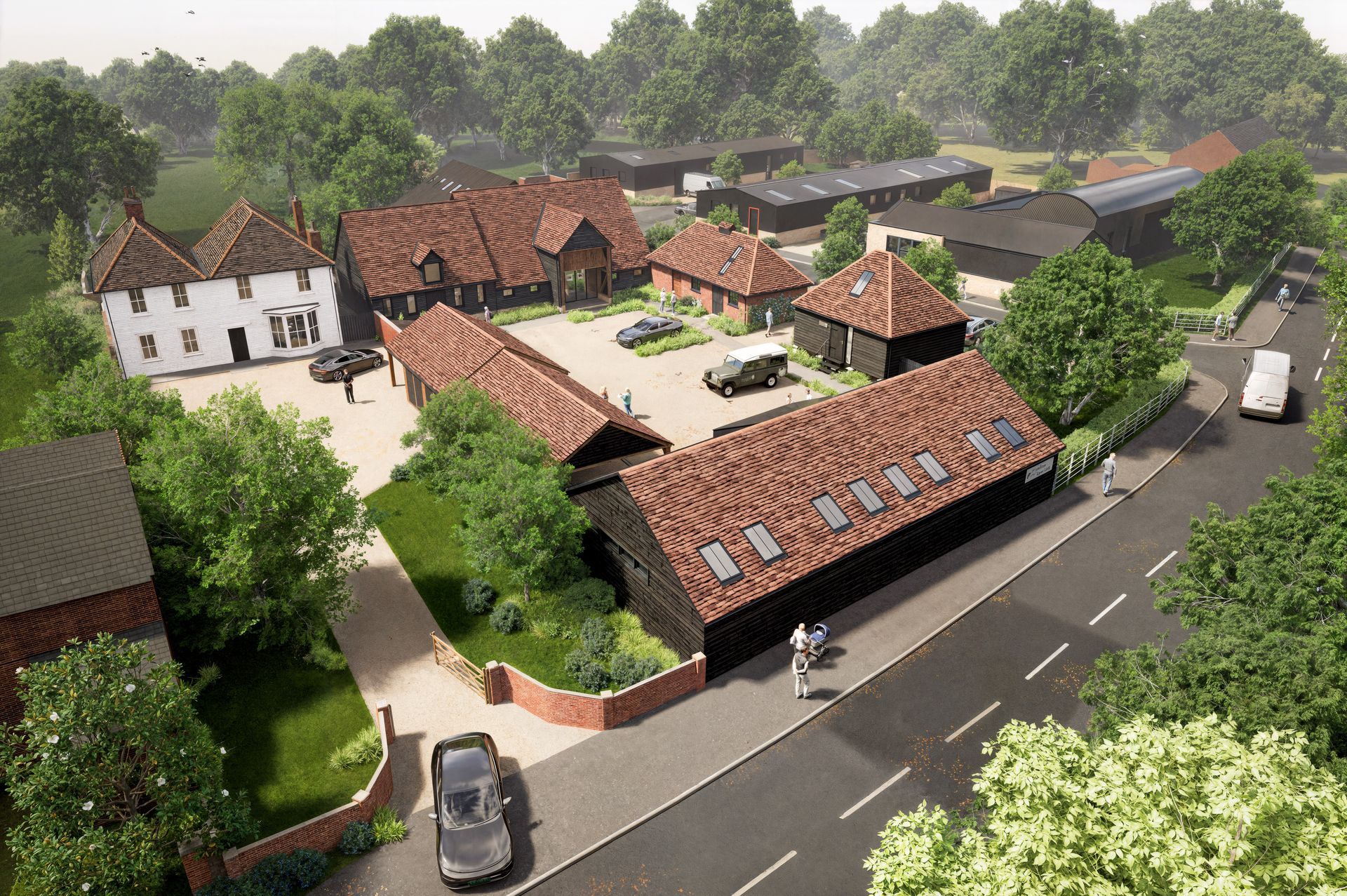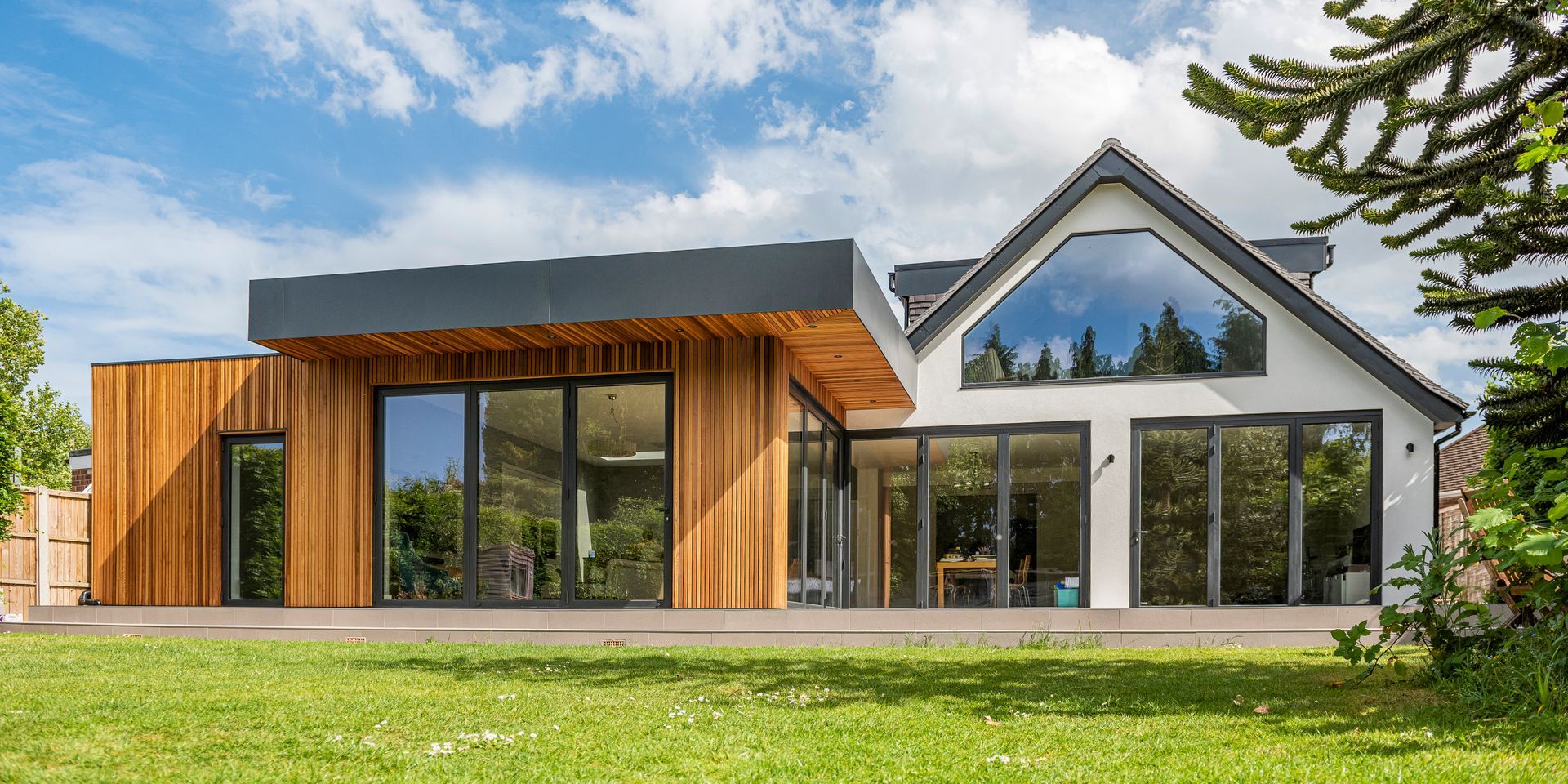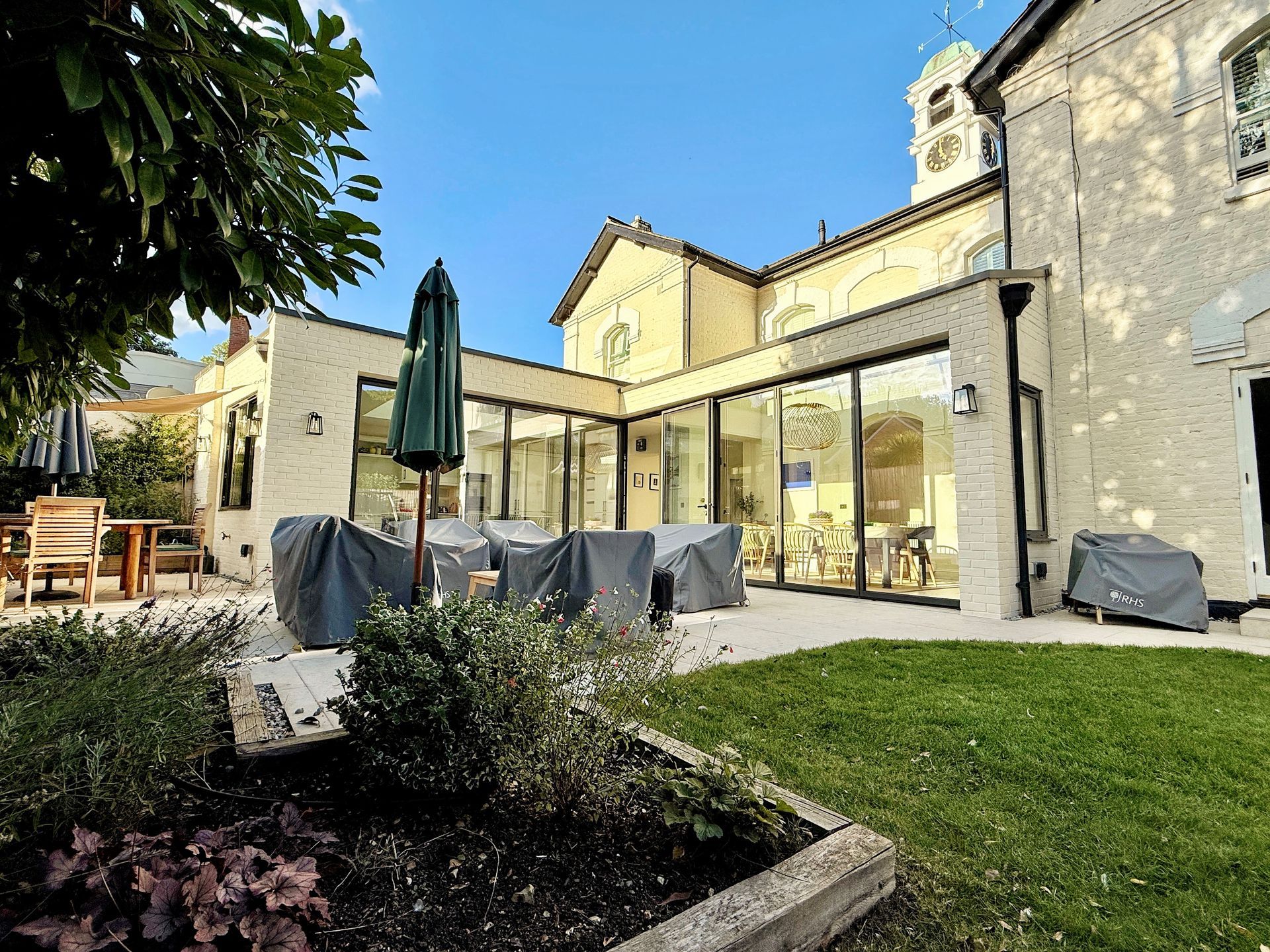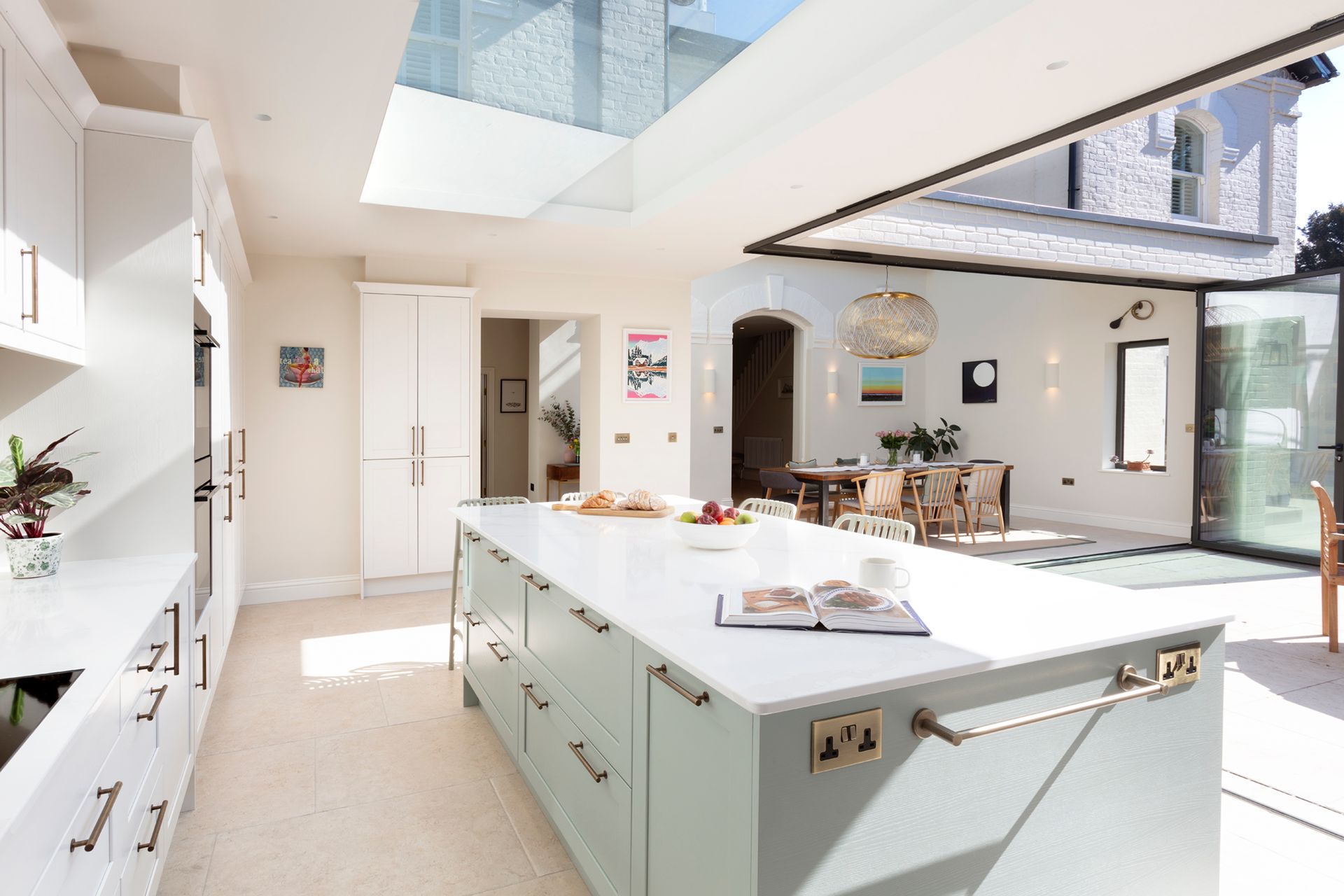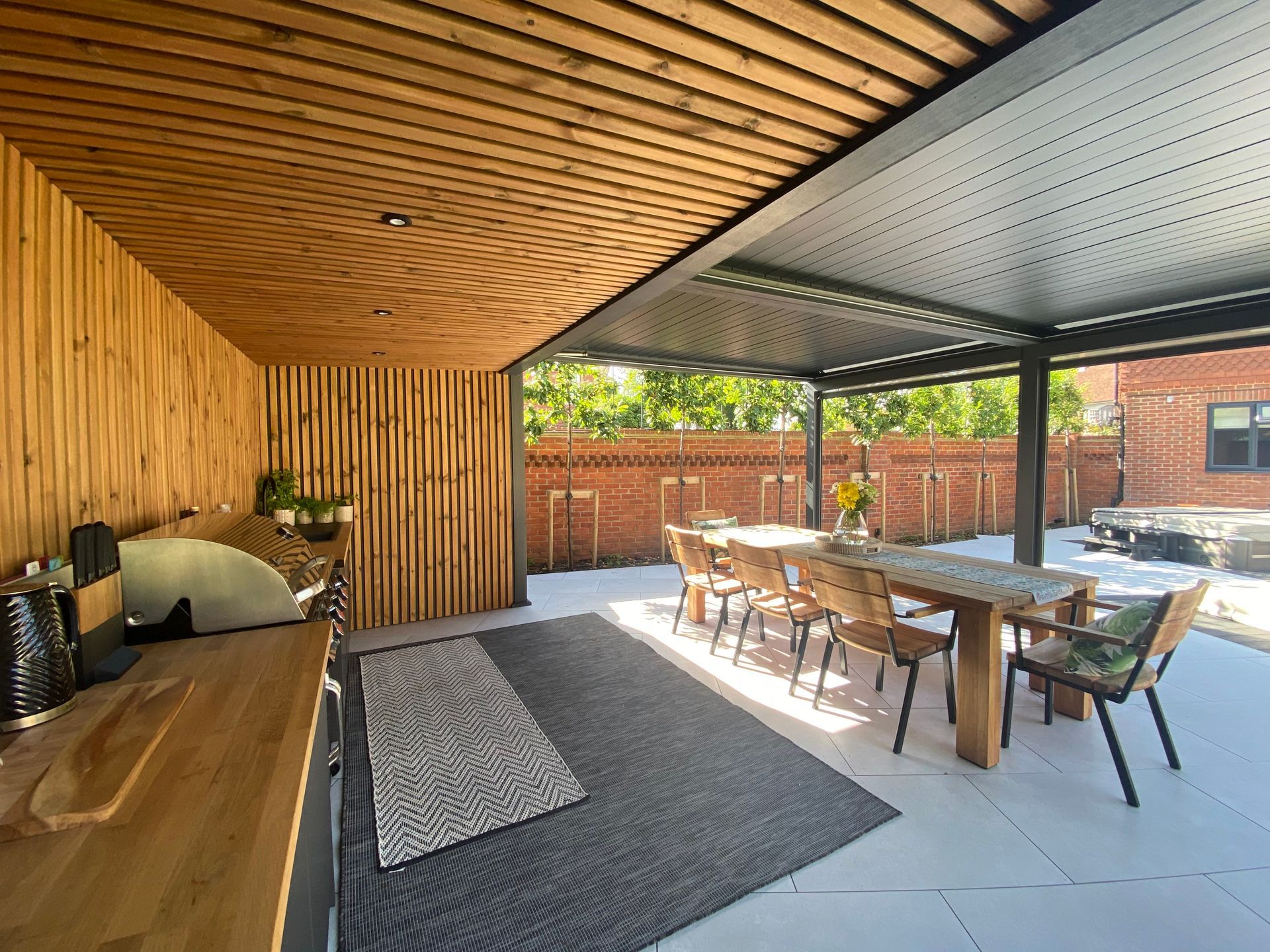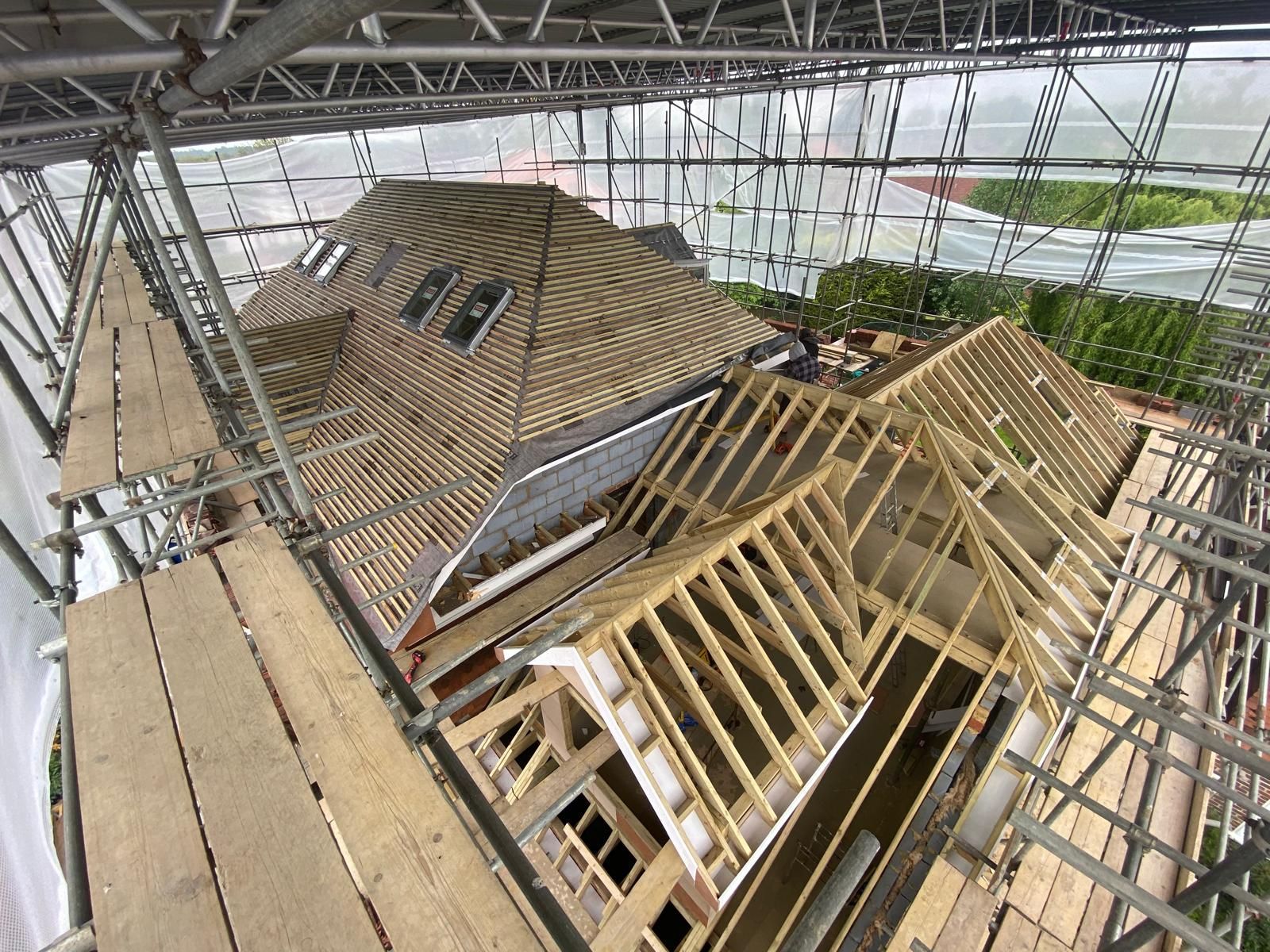Bright potential for Grey Belt Development
Understanding Grey and Green Belt in UK Planning: a guide for self-builders
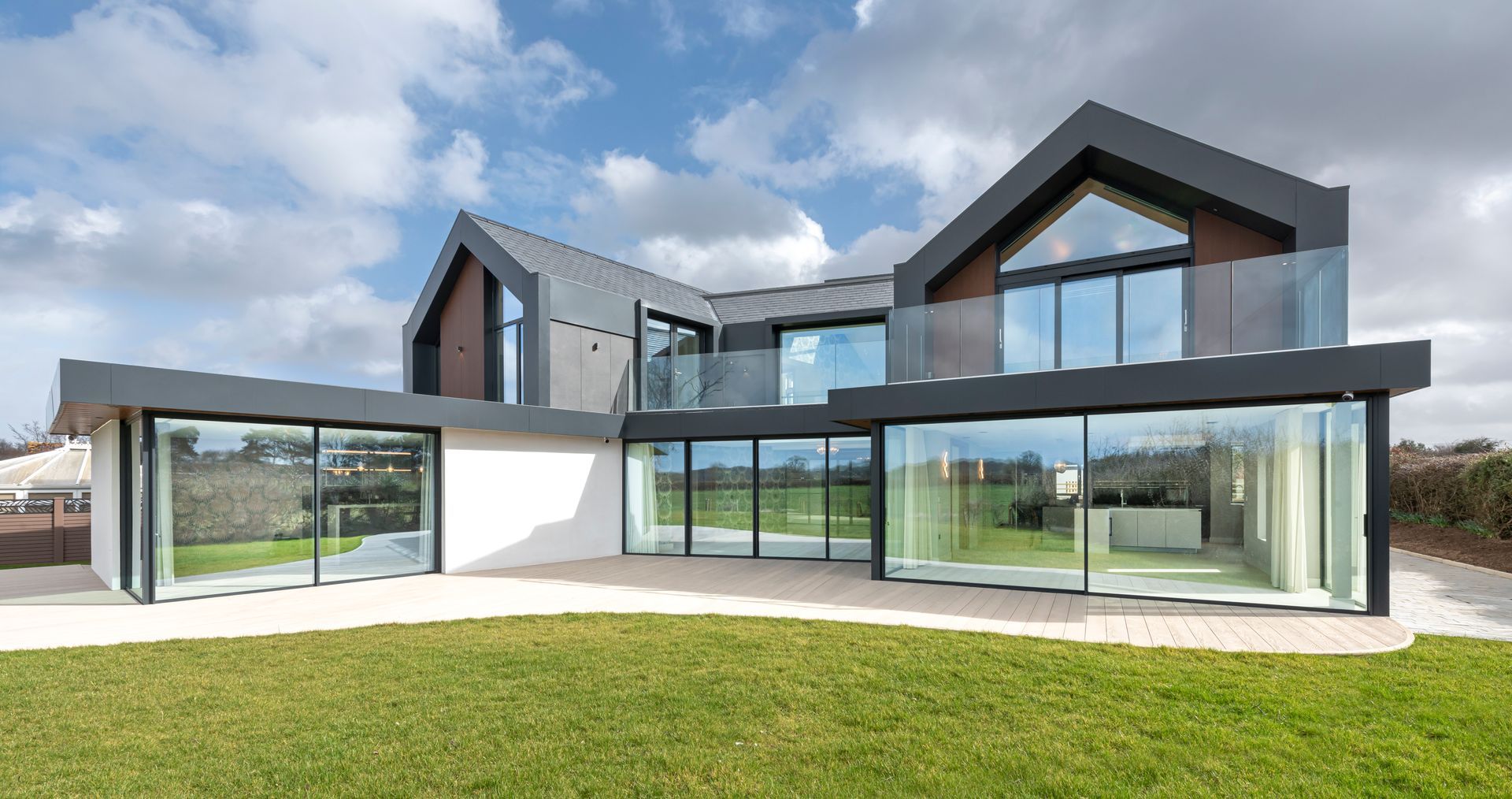
The new government has recently announced some of its pro-development reforms to liberalise planning and encourage housebuilding, focusing on developing ‘Grey Belt’ areas as well as other strategies to address the housing crisis.
When it comes to planning and development in the UK, the terms ‘Green Belt’ and ‘Grey Belt’ often come up, especially in discussions about housing and land use. For those who are interested in self-building—a rewarding but challenging journey—it’s essential to understand these terms, as they can significantly impact your plans.
In this blog, we’ll explore what Green Belt and Grey Belt land are, how they differ, and why Grey Belt land might be a hidden gem for self-builders. By the end, you’ll have a clearer understanding of these concepts and the potential opportunities they present for your self-build project.
What is Green Belt Land?
Green Belt land is a well-known term in UK planning, and it refers to areas of open land around cities and towns where development is highly restricted. The concept was first introduced for London in 1938 before the 1947 Town and Country Planning Act enabled local authorities to designate the status themselves and to prevent urban sprawl, preserve the countryside, and maintain the character of rural areas.
The primary purposes of Green Belts are:
- To Prevent Urban Sprawl: Green Belts act as a buffer, stopping towns and cities from merging into each other, preserving the distinct boundaries between urban and rural areas.
- To Preserve the Countryside: By limiting development, Green Belts help to protect the natural environment, including agricultural land, forests, and open spaces.
- To Encourage Urban Regeneration: By restricting development on the outskirts of cities, Green Belts encourage developers to focus on brownfield sites within urban areas, promoting regeneration and efficient land use.
The Characteristics of ‘Green Belt’ Land
Green Belt land is characterized by its strong protection from development. Planning policies within Green Belts are stringent, and any proposals for new buildings or changes of use are generally refused unless there are exceptional circumstances. This is because the primary aim of Green Belts is to keep land permanently open.
However, it’s important to note that not all land within Green Belts is necessarily ‘green’ in terms of being picturesque countryside. Green Belt land can include a variety of landscapes, from farmland to wasteland, but what unifies these areas is their protected status.
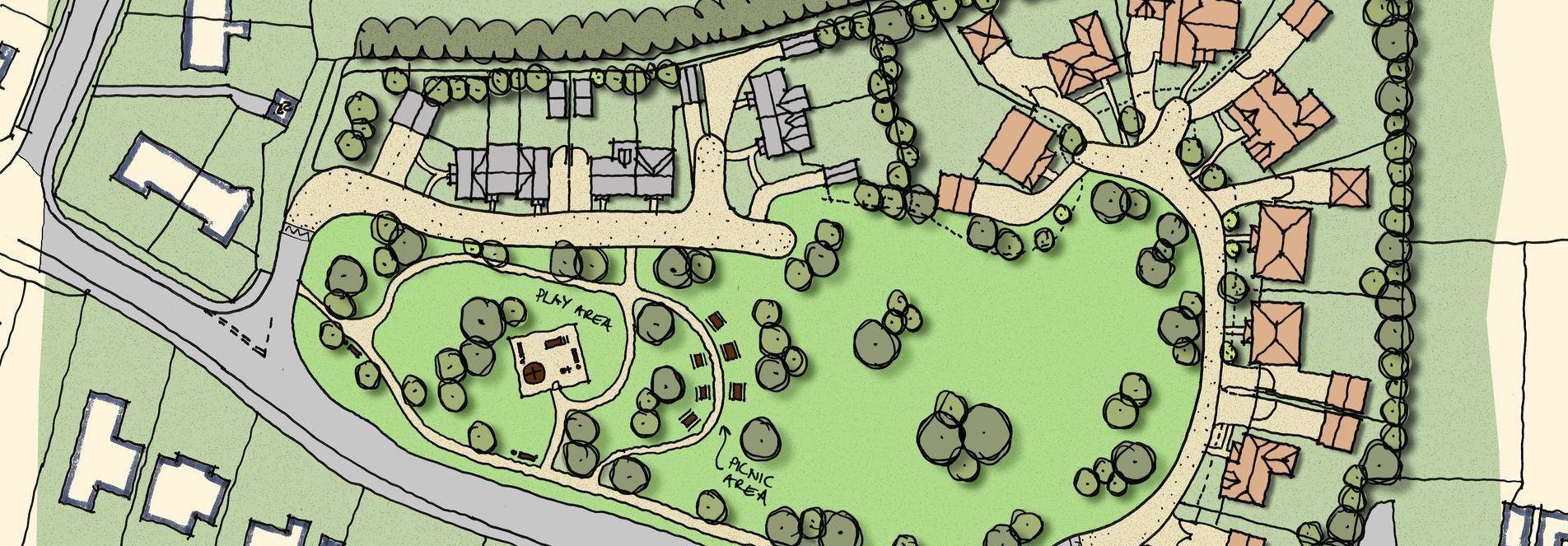
What is ‘Grey Belt’ Land?
‘Grey Belt’ land is a newer and less commonly known concept in UK planning is a concept introduced by the new government to identify poor-quality, underutilised sections within the Green Belt.
These areas don’t have significant levels of biodiversity and aren’t used for public enjoyment and as such, are seen as potential sites for new housing developments to address the UK’s acute housing crisis. This includes previously developed land and/or areas of Green Belt that make a limited contribution to the Green Belt’s key purposes.
The government’s aim is to utilise these Grey Belt lands to contribute to their ambitious target of building 1.5 million homes. These plans are intended to address the housing crisis while also preserving the integrity of more valuable Green Belt land.
In the new draft NPPF ‘grey belt land is defined as:
‘For the purposes of Plan-making and decision-making, grey belt is defined as land in the Green Belt comprising Previously Developed Land and any other parcels and/or areas of Green Belt land that make a limited contribution to the five Green Belt purposes (as defined in para 140 of this Framework) but excluding those areas or assets of particular importance listed in footnote 7 of this Framework (other than land designated as Green Belt).’
With it being a new draft definition, we assume this will mean areas might include former industrial sites, underutilized land, or areas where the landscape has been altered by previous development but has not been fully reclaimed or regenerated.
We imagine that Grey Belt land may include disused fuel stations, disused golf courses, car parks, old shopping centres and wastelands.
How big is the Grey Belt?
As the Grey Belt will be a new category, there is no official data on how much of it exists.
However, estate agent Knight Frank has previously carried out its own analysis: https://www.knightfrank.com/research/article/2024-01-26-how-can-britains-grey-belt-boost-housing-numbers
It has identified 11,000 previously developed sites, making up less than 1% of the existing green belt.
The Times highlights that 6% of the Green Belts in Birmingham and Blackpool could be classified as grey belt. Similarly, Cheltenham and Gloucester, have 5% and South and West Hampshire have 4% of Green Belt land that could be deemed grey.
Overview of the Green Belt reform
The relaxations in the planning process for building within the Green Belt will be introduced very soon. These will be guided by new ‘golden rules’ which include:
- Brownfield first: within the Green Belt, any brownfield land must be prioritised for development.
- Grey belt second: poor-quality and ‘ugly’ areas of the Green Belt should be clearly prioritised over nature-rich, environmentally valuable land in the Green Belt. At present, beyond the existing brownfield category, the system doesn’t differentiate between them. This category will be distinct from brownfield with a wider definition.
- Affordable homes: plans must target at least 50% affordable housing delivery when land is released.
- Boost public services and infrastructure: plans must boost public services and local infrastructure, like more school and nursery places, new health centres and GP appointments.
- Improve genuine green spaces: Labour rules out building on genuine nature spots and requires plans to include improvements to existing green spaces, making them accessible to the public, with new woodland, parks and playing fields. Plans should meet high environmental standards.
Why ‘Grey Belt’ land could be attractive to self-builders
For self-builders, finding the right plot of land is one of the most challenging aspects of the project. ‘Grey Belt’ land offers several advantages that make it an attractive option for those looking to build their own home. Here’s why:
1. Greater Availability of Land:
- Green Belt land is highly protected, making it difficult to find plots that are available for development. In contrast, we imagine that Grey Belt land once identified should be more readily available, particularly in areas where local authorities are keen to see redevelopment or where there is a push to address housing shortages.
2. Fewer Planning Hurdles:
- While Grey Belt land is not without its planning challenges, if the governments ambitions are realised it should be easier to obtain planning permission compared to Green Belt land. This can be a significant advantage for self-builders, as it means there is a higher likelihood of getting the green light for your project.
3. Potential for Affordable Land:
- Based on what we see Grey Belt land being designated as it has the potential to be more affordable than other types of prime residential development land, particularly compared to land within fully urbanized areas or desirable rural locations as there is work still to do to demonstrate to the planning authority’s development is appropriate on those sites. This affordability makes it an appealing option for self-builders working with a budget.
4. Flexibility in Design and Use:
- Because potential Grey Belt land will be underutilized or derelict, there may be more flexibility in terms of what can be built and how the land can be used. This can be an advantage for self-builders who want to create a bespoke home that meets their specific needs and preferences.
5. Opportunity for Innovative and Sustainable Builds:
- Potential grey Belt land, particularly those that have been previously developed, could be an ideal location for innovative and sustainable self-build projects. Many self-builders are interested in creating homes that are energy-efficient, environmentally friendly, and unique in design. We believe that Grey Belt land, with its potential for redevelopment, can provide the perfect canvas for these kinds of projects.
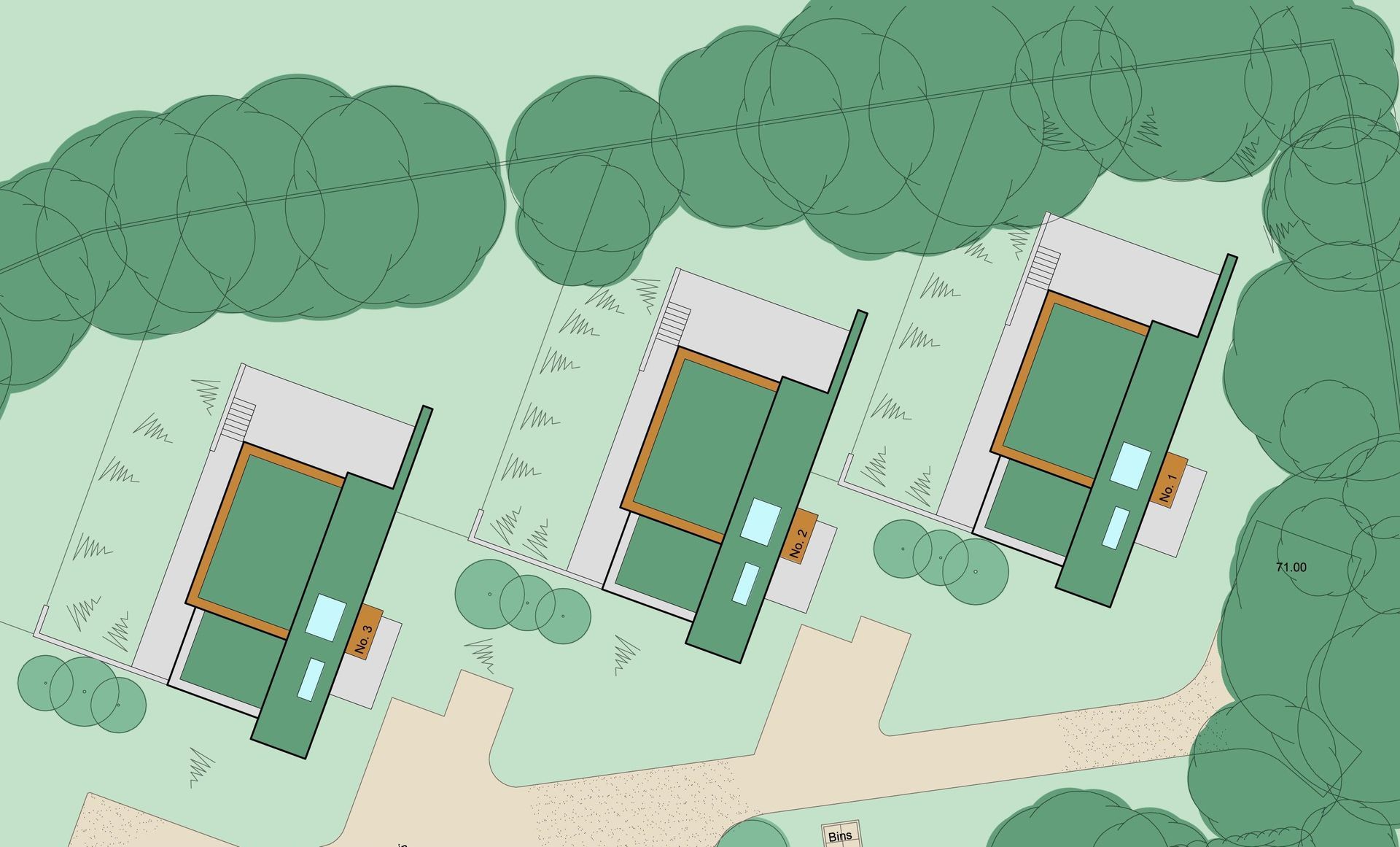
Navigating the Planning Process for Grey Belt Land
While the definition and potential of Grey Belt land is still in its infancy it has the potential to offer significant opportunities for self-builders, it’s important to approach the planning process with care. Here are some tips for navigating planning when considering a Grey Belt plot:
1. Engage with the Local Authority Early:
- Before purchasing a plot, it’s a good idea to speak with the local planning authority to understand their views on the land and the likelihood of obtaining planning permission. Once the planning legislation is in place some authorities may have specific plans or priorities for Grey Belt land, and being aware of these can help you tailor your proposal to meet local needs.
2. Consider the Environmental Impact:
- Even though Grey Belt land may appear to have fewer restrictions than Green Belt land, it’s still important to consider the environmental impact of your project. Proposals that incorporate sustainable design, energy efficiency, and measures to protect the local environment are more likely to receive positive attention from planners.
3. Be Prepared for Negotiations:
- The planning process can involve negotiations with local authorities, particularly if there are concerns about the impact of your development. Being flexible and willing to make adjustments to your plans can help to secure approval.
4. Work with Experienced Professionals:
- Navigating the planning system can be complex, especially if you’re not familiar with the process. Working with experienced architects, planners, and other professionals can make the process smoother and increase your chances of success.
Conclusion: Grey Belt Land—A Hidden Gem for Self-Builders
For self-builders, finding the right plot of land is often the first major hurdle. The government’s proposed Grey Belt land could offer a unique opportunity: it has the potential to be affordable, with fewer planning restrictions than Green Belt land, and be ripe for innovative and sustainable development.
While the term “Grey Belt” may not be formally designated yet as is “Green Belt,” it represents a significant potential for those looking to create their dream home. By understanding the differences between these types of land and carefully navigating the planning process, self-builders can take advantage of the benefits Grey Belt land offers and contribute to the regeneration and revitalization of underutilized areas.
Whether you’re a seasoned self-builder or just starting out on your journey, potential ‘Grey Belt’ land could be the key to unlocking your dream of building a bespoke, sustainable home that reflects your vision and values.
At Artichoke we have years of experience working on Green Belt projects and we’d love to learn more about your project and discuss how we might help you and how possible your vision is.
